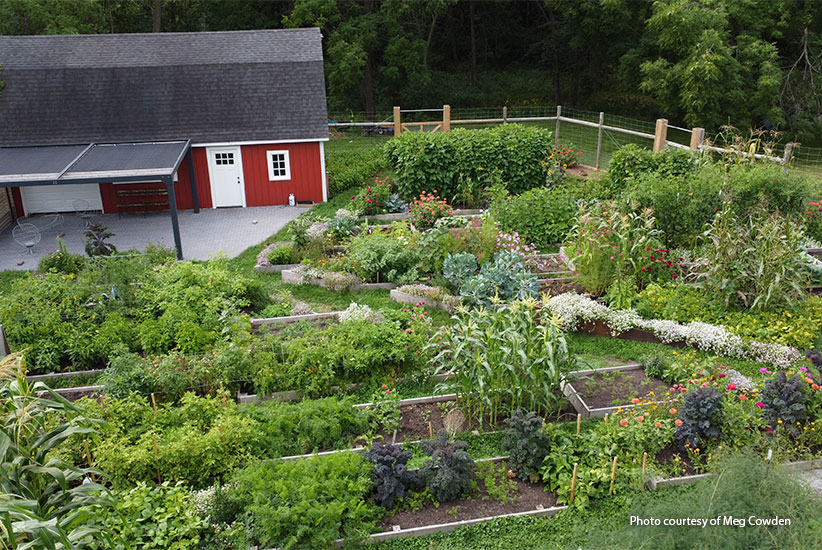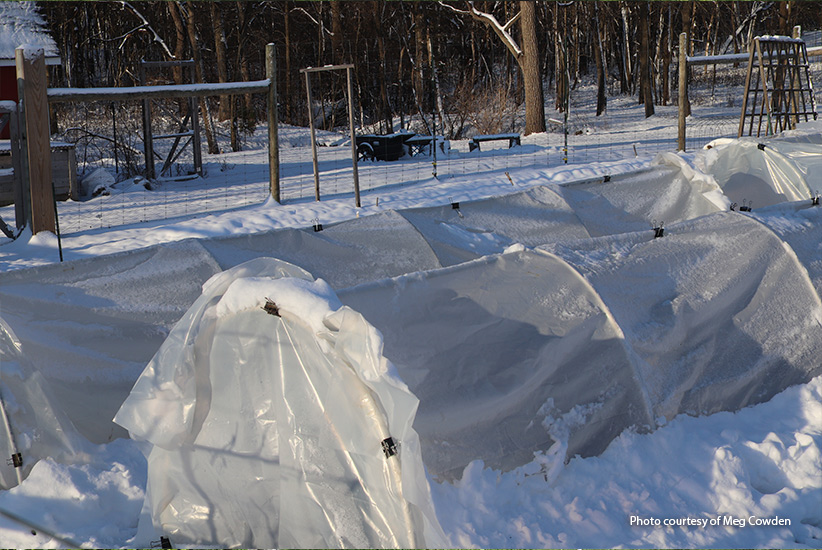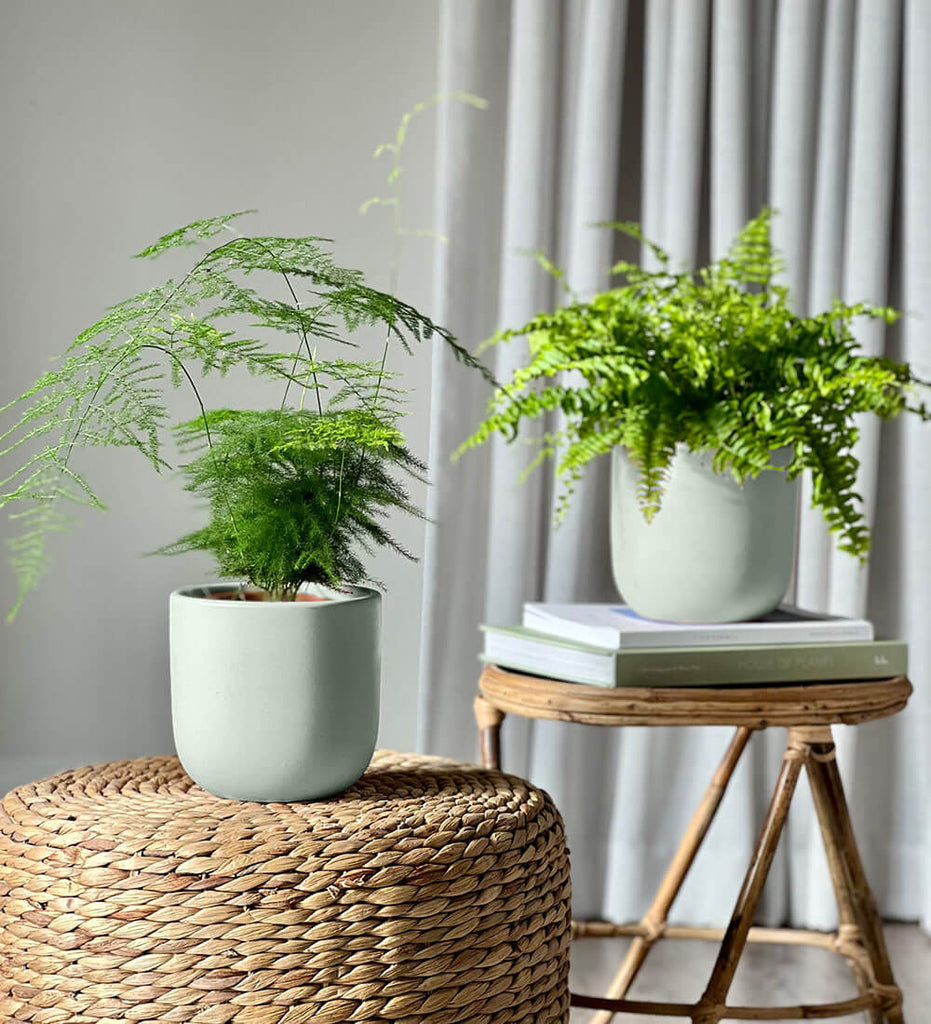Maximize Your Vegetable Harvest with Succession Planting
By:
Marisa Reyes

4 strategies to get primarily probably the most out of your vegetable yard
Definitely one in every of Meg Cowden’s targets is to reap one factor to eat from her Minnesota yard for as many weeks as attainable yearly. She thinks of it like many individuals do our flower gardens, the place the purpose is multi-season curiosity. Meg focuses on rising the correct quantity of meals for her family by succession planting strategies like repeatedly sowing crops, staggering maturity and rotating crops all by means of the seasons. She moreover makes use of those methods to take care of peak harvests a lot much less overwhelming. The purpose is to have ample for current consuming, sharing with buddies and donating, and to take care of up with canning, freezing and drying.
Meg shares quite a few helpful yard recommendations in her book “Plant, Develop, Harvest, Repeat.” Listed under are quite a few that’ll allow you to stretch out your harvests for months.
You Might Moreover Like:
Meg Cowden’s Favorite Greens to Develop & Shield
Calculate How Many Greens to Plant
Simple strategies to Start a Vegetable Yard
What I Love About Gardening

1. Start your vegetable yard early
A typical rising season in zone 4 Minnesota begins in Might, nonetheless Meg likes to start out out planting in April. The important thing to this early start lies in work that she does months earlier: When she’s cleaning up the yard and spreading compost on her beds in fall, she moreover chooses a couple of beds and models up PVC hoop frames over them. In February she fastens the greenhouse poly supplies throughout the {photograph} above over the frames. Even when temperatures are nonetheless beneath 20 ranges and there’s snow on the underside, she says that in two weeks, the soil is thawed, and by mid-April, the soil is warmth ample for bok choy, broccoli, cabbage and kohlrabi. Later, she warms up the soil for her tomatoes and peppers with tunnels so she is going to get an earlier start there too. She leaves these tunnels up until after the possibility of frost has handed.
2. Succession planting
So that you simply’re not overwhelmed by additional produce than you’ll eat, sow quite a few small plantings of the an identical crop, known as succession planting, so you’ll harvest ample for quite a few meals at a time. Meg crops three rows of sweet corn every three weeks from early Might to early July. You can also do this with carrots, beets, cilantro, lettuce and cabbage.
You Might Moreover Like:
7 Easy Vegetation to Start from Seed
Simple strategies to develop your particular person greens
Extreme-value produce for square-foot gardens
3. Develop crops with staggered maturity
Rising the an identical crops with completely completely different maturity dates is one different technique to forestall overwhelming harvests throughout the yard. Meg does this with cabbage, planting an early season ‘Tiara’, midseason ‘Famosa’ and late-season ‘Integro’ on the an identical time. She says you’ll play with form and timing for the final phrase succession planting of tomatoes: Cherries often ripen first, salad tomatoes and smaller slicers mature subsequent, and greater beef steaks are harvested ultimate.
She staggers when she begins a number of forms of tomatoes indoors, which in flip, impacts after they’re in a position to plant throughout the yard. This helps her stretch the harvest over a couple of months starting in early summer season instead of being overwhelmed out of the blue in late summer season.
4. Know when to tug the plant
I am going to admit, I am a kind of gardeners who retains my crops prolonged after they’ve produced larger than I would ever need. Nonetheless why not merely pull the plant and alter it with one factor new? Meg does this alongside along with her pickling cucumbers: After she has pickled ample jars for her family, she removes the plant, making room for a fall crop of radish, arugula, spinach, cilantro, kohlrabi or lettuce.
The early beds she coated in February get 4 or 5 succession plantings every season. Nonetheless, not all crops are good candidates for this technique. Tomatoes, peppers and completely different members of the nightshade family are notably susceptible to soil-borne illnesses. To help cut back publicity, she strikes them throughout the yard from yr to yr and doesn’t develop completely different crops of their beds within the an identical yr.
You Might Moreover Like:
Cool-Season Greens to Plant in Fall
2 Easy Strategies to Shield Your Tomato Harvest
Tomato Plant Points






